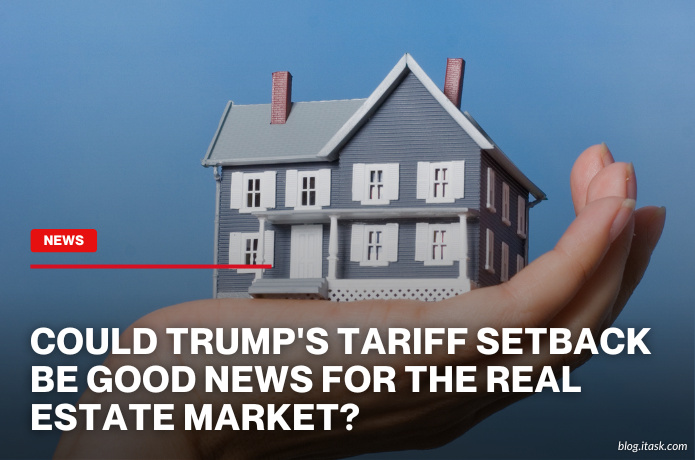Could Trump's tariff setback be good news for the real estate market?
Could Trump's tariff setback be good news for the real estate market?

A recent decision rolling back some of Trump’s proposed tariffs is drawing attention from real estate experts. That shift may ease economic strain—and that could be a welcome signal for housing markets. Homebuyers and sellers are watching mortgage rates and affordability closely.
Tariffs on imported building materials tend to raise construction costs. Builders are already projecting that a typical new home could cost thousands more because of higher prices for lumber, appliances, and drywall. If tariff pressure eases now, those extra expenses could slow or even retreat, helping stabilize new home prices.
Meanwhile, lowered tariff tensions may calm broader economic uncertainty. Financial markets often respond to such uncertainty by driving investors toward safer assets. That push can lower bond yields—and that typically translates into lower mortgage rates. Recently, mortgage rates have dropped to their lowest level in months.
Lower interest rates make borrowing cheaper. For potential buyers struggling with affordability, a drop in mortgage rates can make homes much more attainable. Mortgage rate relief is often one of three key drivers of affordability, along with home prices and income growth.
However, economists caution that this benefit may be only partial. Even with mortgage rates easing, rising home prices and stagnant or slow-growing incomes could offset the gains. If wages don't keep pace with inflation, buyers may still struggle to afford the homes they need.
In sum, the setback to Trump’s tariff push could bring good news by reducing pressure on building costs and pushing mortgage rates lower. But its net effect depends on whether builders pass through lower costs, and whether incomes and prices move in more favorable directions. For now, one piece of the affordability puzzle is tilting in buyers’ favor.
